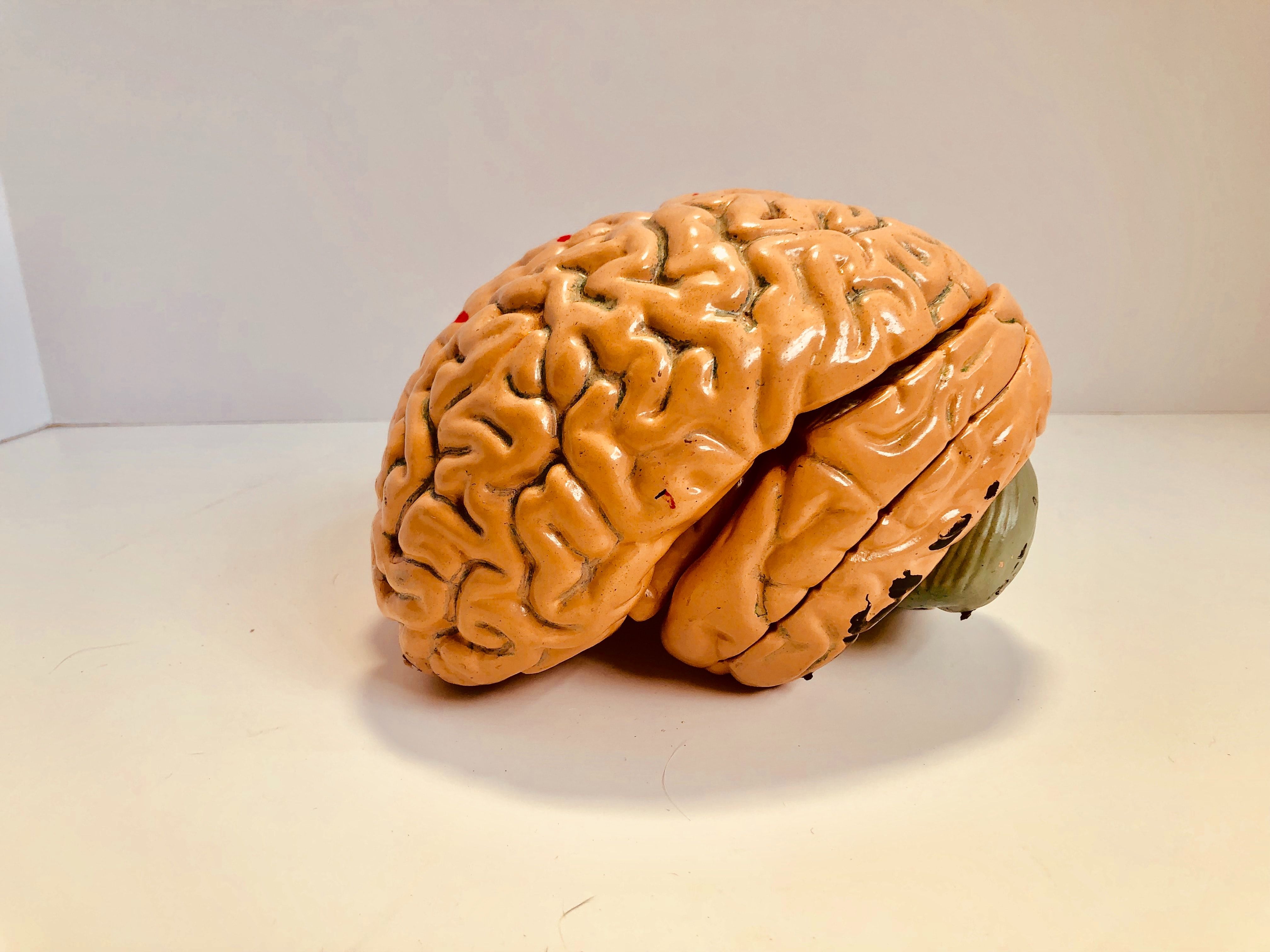Immunosuppression, Viral Loads Linked to Brain Volume Differences in People with HIV
Among people living with HIV, lower white blood cell counts were associated with smaller brain volume in the hippocampus and thalamus, a new study found, suggesting the possibility of generalizable neurologic signatures of HIV infections.

A large international study examining how living with HIV affects the brain found an association between brain volume and two plasma markers used to monitor immune function and treatment response.
The study, published in JAMA Network Open, included data from 13 existing studies involving 1203 people living with HIV in 6 countries across Africa, Asia, Australia, Europe and North America. The average age of study participants was 45.7, the majority were men (73.2%), and 74.6% were taking continuous antiretroviral therapy (cART).
Lower CD4+ T-cell counts and detectable viral loads were associated with smaller hippocampal volumes, investigators found. Lower CD4+ counts also were associated with less brain volume in the thalamus.
“These findings may represent a generalizable brain signature of HIV infection in the current era of widely available antiretroviral treatment, and suggest that these regions may play a role in understanding the neurocognitive difficulties that many people living with HIV infection may face,” study first author Talia Nir, PhD, a postdoctoral scholar at the University of Southern California’s Stevens Neuroimaging and Informatics Institute (USC Stevens INI), told Contagion®.
The study indicated that patients with HIV who receive treatment may be more likely to experience brain injuries that are different from those whose HIV infections are untreated.
“Brain volume associations with both plasma CD4+ counts and detectable viral loads largely implicated the limbic system, extending beyond regions of the basal ganglia frequently implicated in the pre-cART era,” Nir said. “The shift in HIV-infection from a fatal to chronic condition in the cART era appears to be accompanied by a shift in the profile of HIV-related brain abnormalities beyond the basal ganglia, to limbic structures.”
Previous studies have associated learning deficits and poorer mental flexibility with HIV patients receiving treatment, whereas those who are untreated were more likely to show deficits in motor and sustained attention and psychomotor slowing.
Using biomarkers to study the effects of HIV on the brain could be more reliable than some physician assessments because they are less susceptible to cultural and social differences that vary by geographical region.
More research is needed to better understand how brain volume variations may contribute to neuropsychiatric and cognitive impairment along with identifying patients at risk for neurological symptoms and helping shape novel treatments. Further study also could help provide a better understanding of chronic infection and age-related neurodegenerative diseases such as Alzheimer’s disease, which is also associated with atrophy of the hippocampus.
The study was conducted by the Enhancing Neuro Imaging Genetics through Meta-Analysis (ENIGMA) consortium's HIV Working Group at USC Stevens INI established to pool neuroimaging data.
“We invite other neuroHIV researchers to join the ENIGMA-HIV consortium,” Nir said. “With a greater collaborative effort, we hope to expand our understanding of the effects of HIV on the brain by looking across different imaging measures and modalities and also assessing longitudinal brain changes. We also hope to have the collaborative input necessary to assess factors that may modulate neurological outcomes in these global populations –including cART treatment regimens, comorbidities, co-infections, substance use, socioeconomic, and demographic factors— as well as the functional implications of such structural brain differences, in well-powered analyses.”
Previous studies that have examined HIV-associated neurocognitive disorders include one from 2019 that identified different brain regions linked with the disorders. An article published earlier in 2019 stressed the need to identify biomarkers associated with neurocognitive disorders.
2 Commerce Drive
Cranbury, NJ 08512
All rights reserved.
